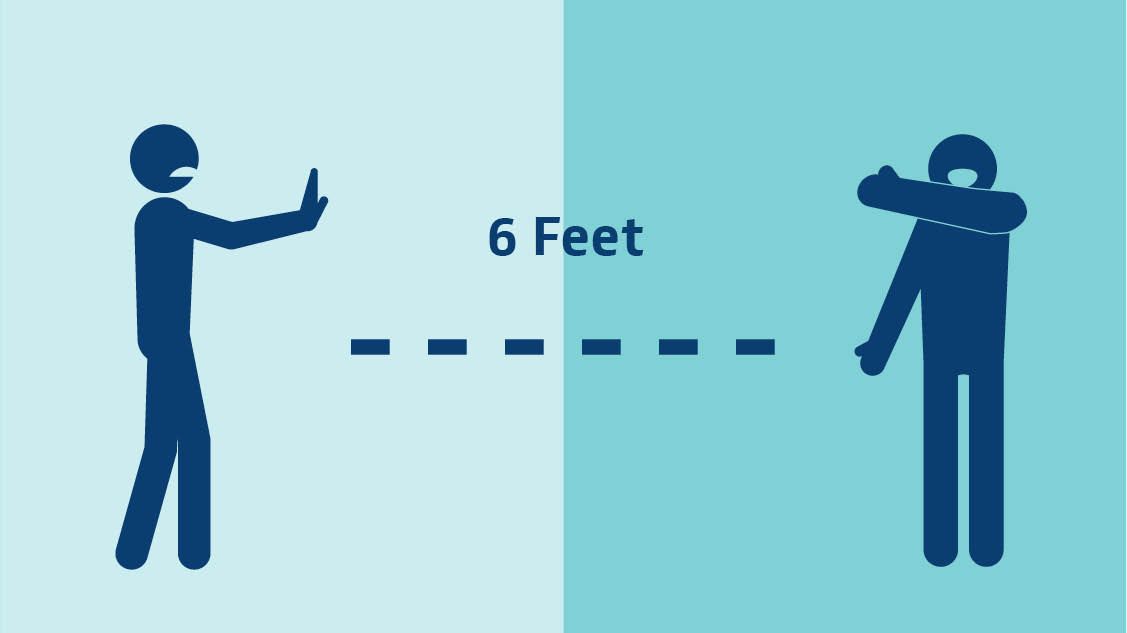
As I had mentioned in an earlier posting, we've never actually been closed throughout this pandemic. When any form of physical training was forbidden, we had our online (virtual) dojo. When outdoor training with distancing was allowed, we trained in parks and playgrounds. And when indoor training with distancing was permitted, we began training indoors (something we are still doing).
It seems normal for us that training, in some form, would go on. After all, you still continue to do work during the pandemic. Much of your work might be done remotely and through Zoom calls etc but you continue working. You also continue to keep in touch with friends and loved ones, through phone calls, text messaging and Zoom calls. In other words, life goes on. And so should judo.
Because it seems so normal to us that judo training should carry on, it's easy to lose sight of the fact that many judo clubs are not operating during the CMCO, even though some form of training (with SOPs) is allowed.
It could be that their members do not want to train during this period. Or, in the case of children's classes, it could be that the parents don't want their children to do judo during this time. In our case, we've always had members who want to continue training, and that includes parents who want their children to train too.
Since the CMCO was re-introduced in October, we've been holding socially-distanced classes four times a week and they have been consistently well-attended. The main challenges that I, as a coach, face are:
a) How to teach techniques effectively with social distancing?
b) How to keep the sessions interesting?
For technical drills, we use all kinds of props: sticks, cones, judogis, belts, teddy bears. I realized quite early on that you can teach almost any judo technique if you apply a bit of creativity and imagination. Having the props help a lot.
Having a socially-distanced partner helps tremendously too. For one thing, a partner is useful for holding onto a judogi or belt that you do your uchikomis on. And when it comes to footwork, it's useful to have a socially-distanced partner as a point of reference. Lastly, a partner provides moral support in these challenging times. It's not as fulfilling doing judo training with social distancing but if there are teammates coming for training as well, it makes it more interesting from a social standpoint.
From a technical standpoint, our players have made a lot of gains. Their footwork in particular has improved tremendously and so has their newaza. When regular judo (hopefully) resumes in the near future, they will be able to try out these techniques on a partner and these techniques will come to them very easily because they've been doing so many drills.
Keeping it interesting and fun is super important. Nobody wants to do the same drills over and over again. Some repetition is necessary in order to build muscle memory but you have to introduce new elements as you go along. Otherwise it gets boring really quickly. So, I've been coming up with new drills just to keep it different and fresh. I also make it a point to gradually introduce new techniques to include into their repertoire. Some of the white belts are now familiar with some orange belt and green belt techniques.
